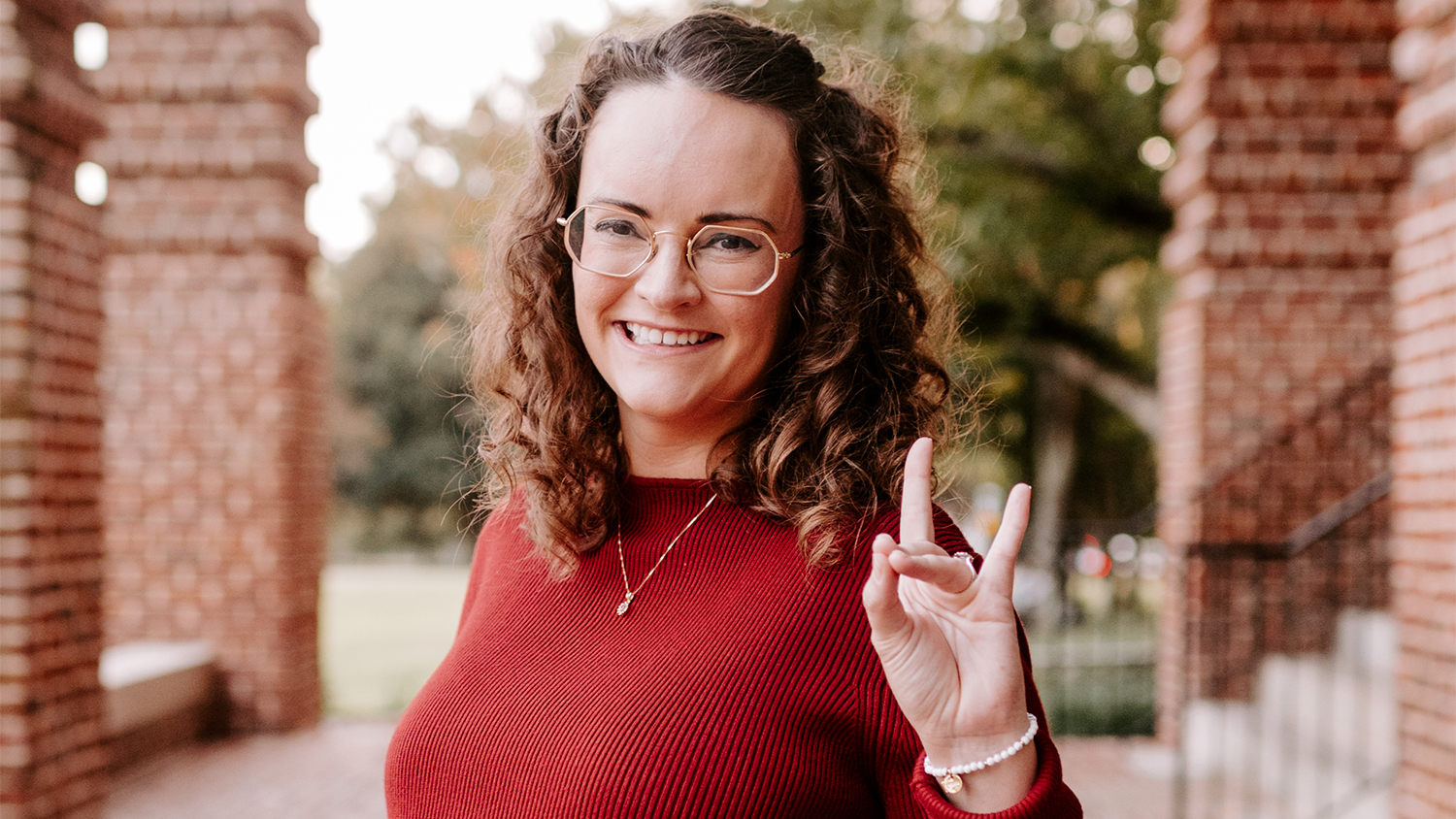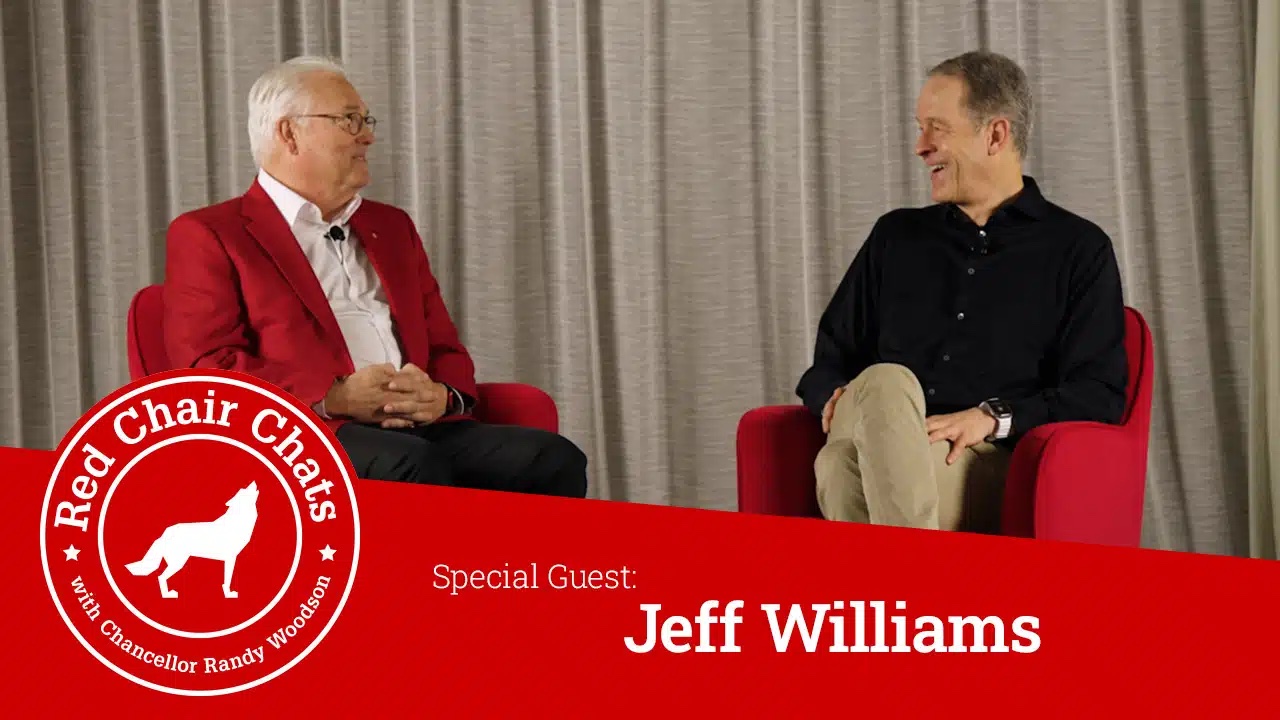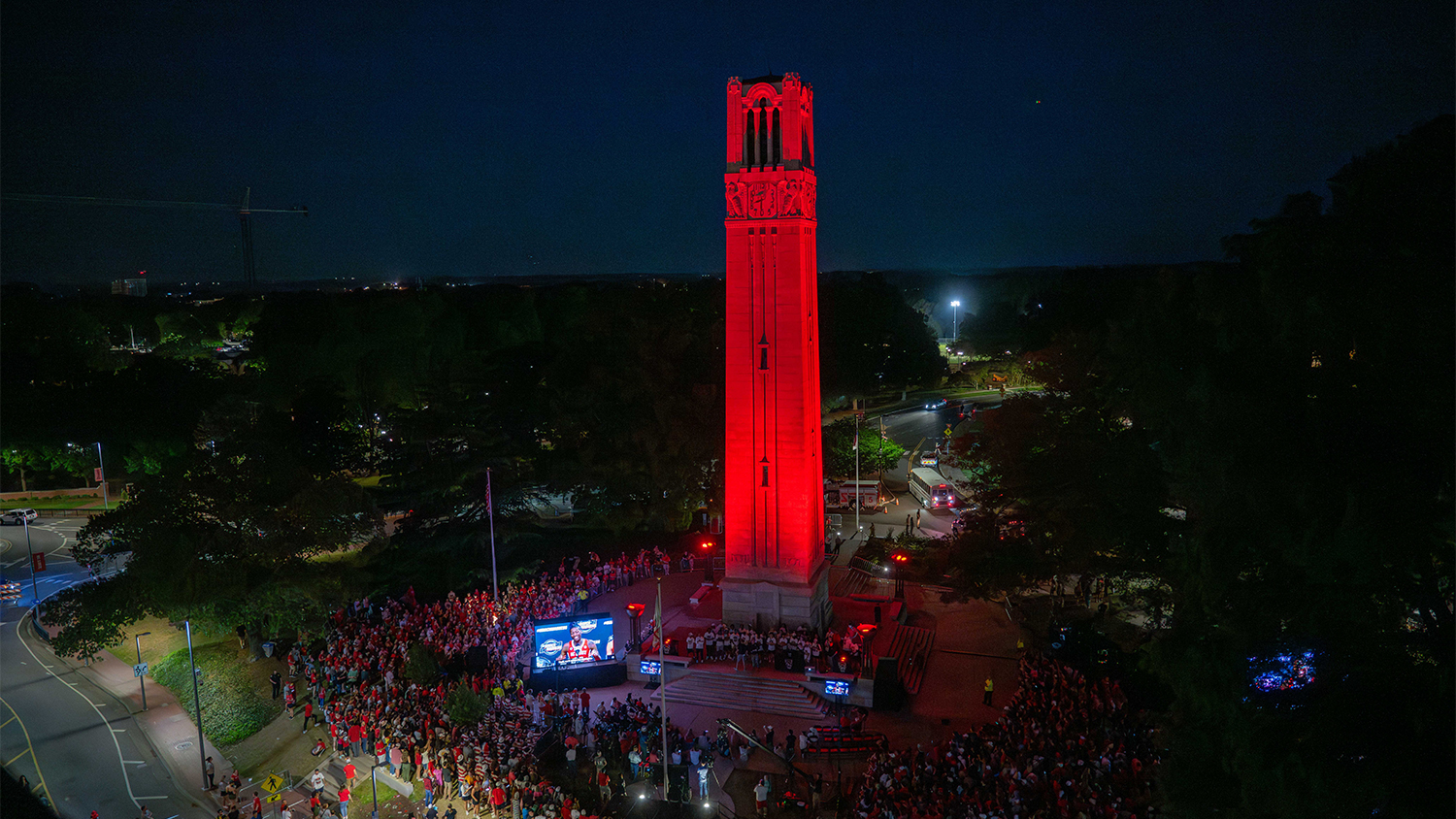The NC State alumni who worked on the HELIOS project have certainly landed among the stars.
It’s no surprise to anyone who knew them as students that these teens and twenty-somethings would grow up to do important work, hold successful jobs and even send some of their own kids to NC State. In 1998, they were all members of a team that went on to win first place in the Space ’98 Robotics Competition, a national, NASA-sponsored competition that was also part of the national Space Education Initiative.
Many of the students who worked on the project 25 years ago came back to NC State for a reunion organized by electrical engineering grad Amanda England Dixon, who is currently the senior business growth manager for Smart Cities at Itron, and mechanical engineering grad L. Taylor Arnold, now a patent attorney at Artifact Legal. Dixon and Arnold also worked on the HELIOS project in 1998.

“I’m really glad to be back and see everybody,” said Jason Janét, then a HELIOS adviser and doctoral candidate in electrical engineering. “It’s really awesome to see how our beautiful campus has continued to evolve and provide opportunities for students to participate in such growth-enabling endeavors.”
The 47 students that comprised the HELIOS team were drawn from both multiple departments, including electrical and computer engineering, mechanical and aerospace engineering and civil engineering. Several students also came from the College of Design.
The team developed and proved the feasibility of a robotic-centric solution for insulating lunar habitats from solar proton events, or episodes of harmful radiation to which lunar visitors may be exposed.
As a part of their winning solution, the team built a scale model habitat, lunar lander and robotic rover, which was lovingly nicknamed, “Thumper.” The team’s name, HELIOS, stood for Habitat Exploration Leaders in Outer Space. It is also a reference to the Greek god of the sun.
“To NASA we had to present our decision making, then they challenged us with questions,” said England Dixon. “We were the only university with a video rendering of our solution who said, ‘Here’s how we think our design would look in space.’ I remember, some of the judges came up to us and saying, ‘You guys delivered something that we don’t even see corporations do today.’”
In addition to the alumni and their families, several current students came to sit in on their conversation. Jerome Lavelle, the associate dean of academic affairs at the College of Engineering, also joined to speak a bit about the current state of the College.
“In the late 80s and early 90s, when I was a grad student here at NC State, we were certainly an excellent college, although perhaps a little bit of a nationally regional college with a somewhat untold story as a resource in our state” said Lavelle.
“For the last 20 years, we are no longer an untold story. Today we are a national and international powerhouse, and your team did some of the early work 25 years ago in moving us in that direction. I sincerely congratulate all of you on your successes and contributions. Cheers to all of the groundbreakers and national champs on our NC State Helios team.”



